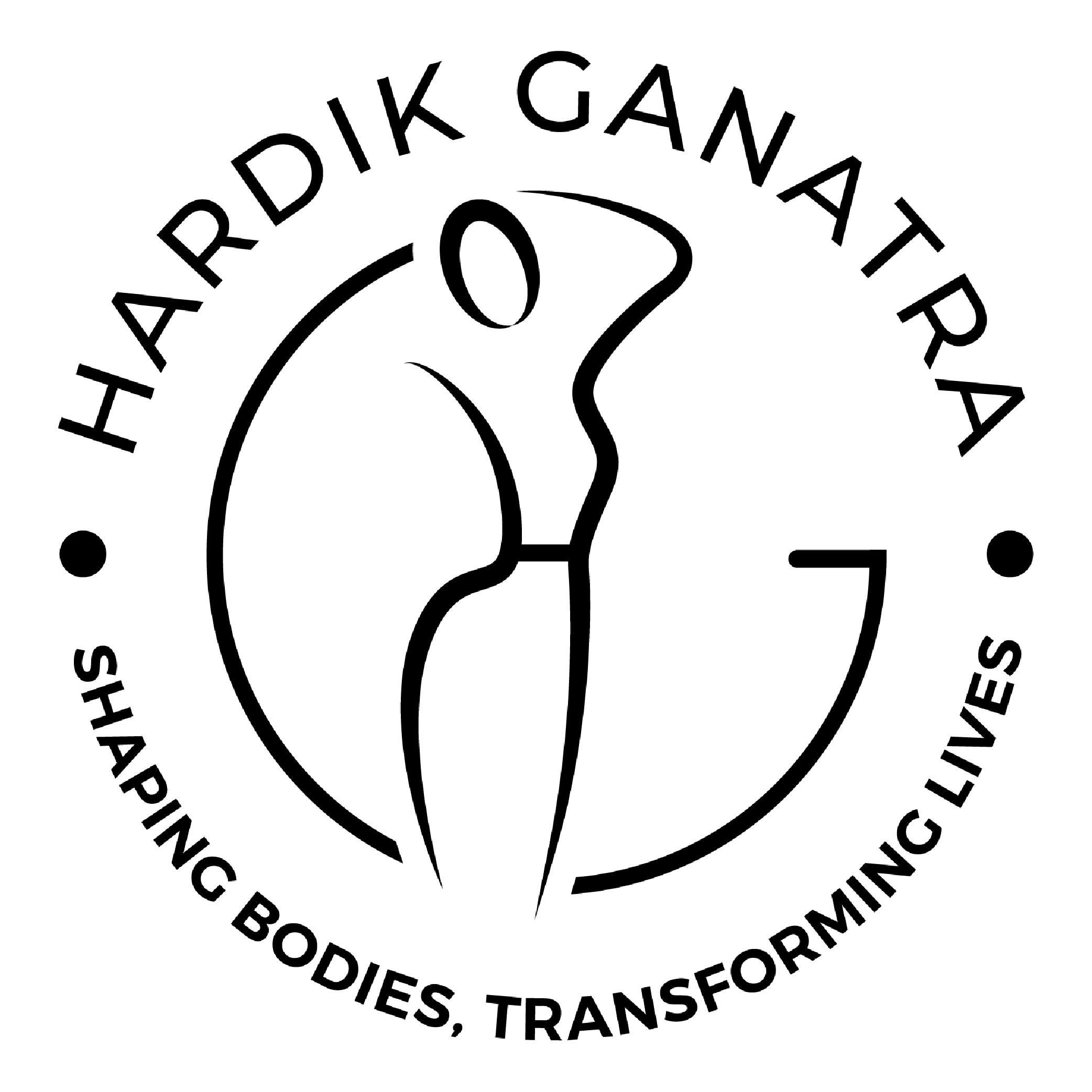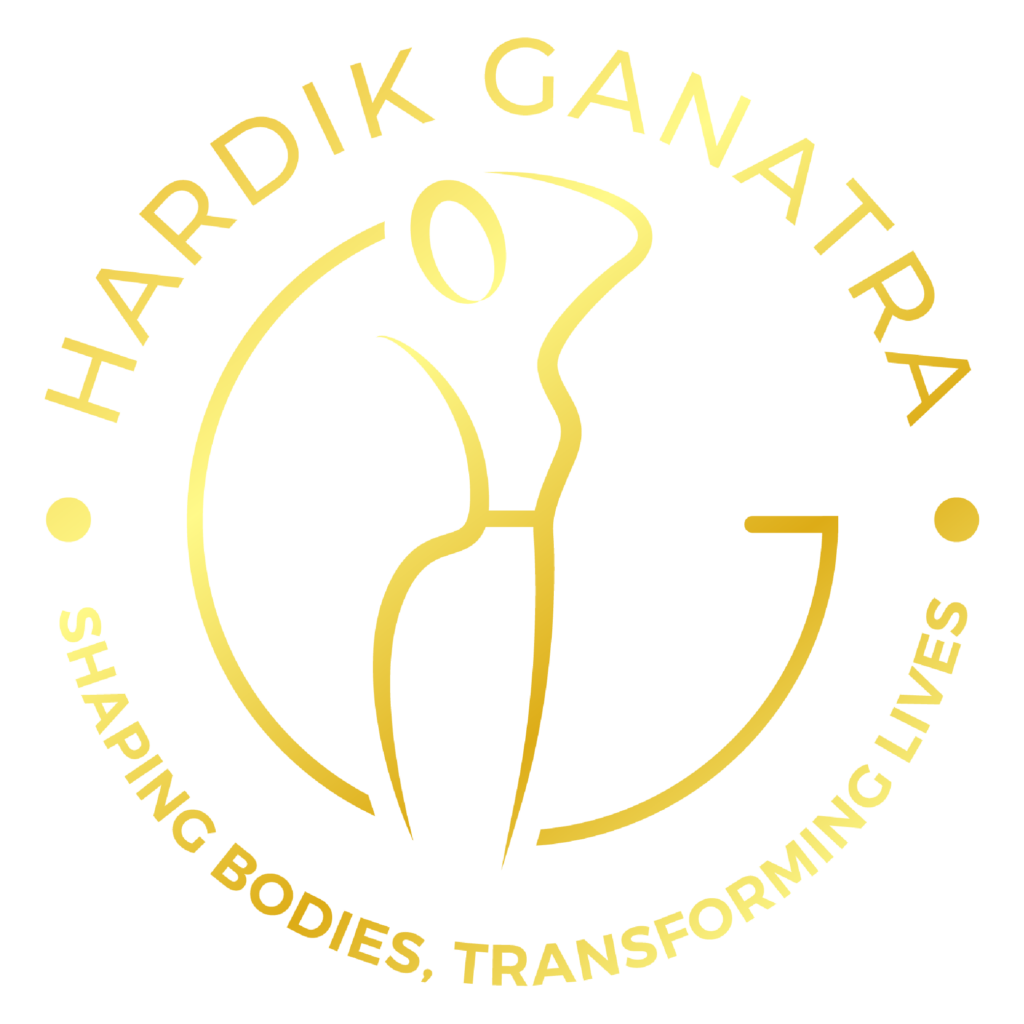Arm Contouring
and Enhancement
Arm contouring transforms sagging, disproportionate arms into sculpted, balanced aesthetics through advanced surgical artistry. Whether battling stubborn fat, muscle deflation, or loose skin, modern techniques offer solutions for every concern—from arm liposuction for volume reduction to fat transfer to biceps, triceps, and deltoids for athletic enhancement, and specialized arm lift techniques for excess skin.
Volume Reduction: Advanced Arm Liposuction Techniques
Traditional Arm Liposuction
Targets: Fat pockets in upper arms/forearms resistant to diet/exercise
Procedure:
• Tiny incisions allow cannula insertion
• Manual fat removal with sculpting precision
• Ideal for good skin elasticity cases
VASER Liposuction (Ultrasound-Assisted)
Key Advantages:
• Ultrasonic energy liquefies fat for gentler removal
• Preserves blood vessels/connective tissue
• Enables high definition liposuction by highlighting muscle borders
• Ideal for refining biceps, triceps, and deltoid contours
J-Plasma/Renuvion Skin Tightening
For Loose Skin Combined with Lipo:
• Helium plasma energy contracts skin via tiny probes
• Delivers 40-70% skin retraction when paired with lipo
• Minimally invasive with minimal scarring
Liposuction for Lipedema Patients
Critical Considerations:
• Requires specialized tumescent fluid ratios
• Gentle extraction to avoid lymphatic damage
• Staged procedures for severe cases
• Always combined with:
– Pre-op decongestive therapy
– Post-op medical compression garments
– Long-term maintenance plan
Volume Enhancement: Precision Fat Transfer
Fat Transfer to Shoulders & Arms
Process: Harvest fat via liposuction (abdomen/flanks preferred)
Purify fat to isolate healthy grafts
Reinject into target muscles:
– Deltoids: Creates rounded shoulder contour
– Biceps: Adds peak definition when flexed
– Triceps: Eliminates “hanging” appearance
UGRAFT with Ultrasound Guidance
Revolutionary Advantages:
• Real-time ultrasound visualizes muscle fascia
• Precise fat placement within muscle layers
• Avoids nerve/vessel injury
• Enhances graft survival via controlled deposition
• Ideal for sculpting athletic biceps/triceps definition
Survival Rates: 60-80% with UGRAFT vs 30-50% traditional
Combined Approach: Maximum Results
Synergistic Procedures
Lipo + Fat Transfer: Reduce flank fat → augment deltoids/biceps
VASER Lipo + Renuvion: Fat removal + skin tightening
Full Brachioplasty + UGRAFT: Skin excision + muscle recontouring
Massive Weight Loss Protocol:
• Stage 1: Arm liposuction for volume control
• Stage 2: Arm lift with axillary sculpting
• Stage 3: Fat transfer to shoulders for balanced proportions
Choosing Your Solution
Ideal Candidates:
• Liposuction: BMI <30, elastic skin
• Fat Transfer: Adequate donor fat, no smoking
• Arm Lift: Stable weight x 6 months, non-smoker
Non-Surgical Alternatives:
• CoolSculpting for minor fat (not for lipedema)
• Renuvion-only for mild tightening
• EMSCULPT for muscle toning (minimal volume impact)
Skin Removal: Arm Lift (Brachioplasty) Options
For Massive Weight Loss Patients Technique Selection Guide:
Type
Dramatic enlargement
Limited Lift
Extended Lift
Lipo-Assisted Lift
Incision
Armpit to elbow (inner arm)
Armpit crease only
Armpit to lateral chest/back
Mini-incisions + Renuvion
Best Fo
Severe skin excess + fat
Mild-moderate laxity
Arm + axillary/upper torso skin
Mild laxity with volume reduction
Quick Links
"A good plastic surgeon sees beauty in details and brings it to life!"


